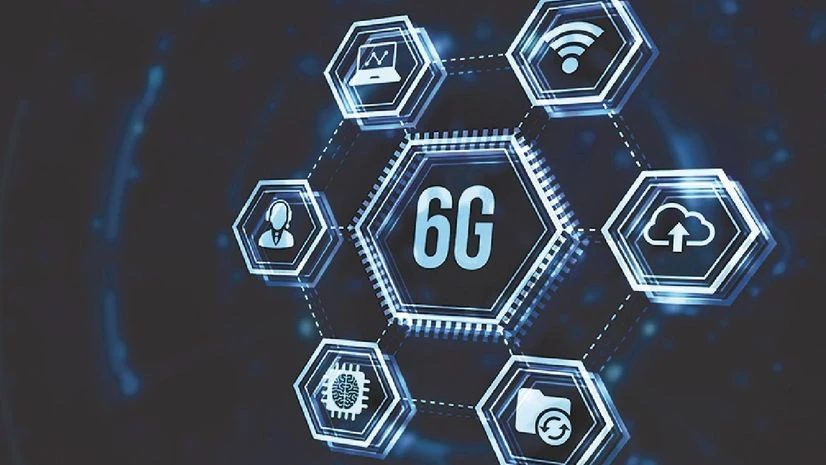The working group on device technology, sensors, and manufacturing systems, formed under the aegis of the Bharat 6G Alliance, has recommended extending the production-linked incentive (PLI) scheme for mobile devices until 2030. It has also suggested continuing the policy of disincentivising imported phones until the end of the decade as a key measure to boost the manufacturing of 6G devices.
The existing PLI scheme, now in its fourth year of a five-year term, is set to end in 2025-26. Companies like Apple Inc, its vendors, South Korean giant Samsung, and home-grown electronics manufacturing services (EMS) players like Dixon Technologies (India) have been among its main beneficiaries. The scheme offers incentives ranging from 4–6 per cent to eligible companies and has a budget allocation of Rs 45,000 crore.
The working group has members from the Department of Telecommunications (DoT), Centre for Development of Telematics (C-DOT), Telecommunication Engineering Centre (TEC), IISc Bangalore, and Indian Institutes of Technology (IITs).
The working group also includes representatives from telecom companies and telecom equipment manufacturers.
It recently submitted its recommendations to Communications Minister Jyotiraditya Scindia. The minister held meetings with representatives from several working groups.
The alliance also set up a technology-focused working group to create a road map for India’s role in 6G. It recommended specific targets, including a tenfold increase in 6G patents by 2030 (currently at 200 patents), the development of at least one new radio technology originating from India, and the creation of at least 10 standard essential patents (SEPs).
SEPs are patented technologies essential for implementing 6G standards. Additionally, the group set a target of developing 100 specification-dependent SEPs by 2030.
More From This Section
This technology group also included representatives from DoT, C-DOT, TEC, the Indian Space Research Organisation, Telecommunications Consultants India, IITs, IISc, telecom companies, telecom equipment makers, and software firms.
The Bharat 6G Alliance, launched in 2023 by DoT, is a collaborative platform that brings together the government, industry, and academia to develop 6G technology in India. The aim is to position the country as a leader in shaping the future of 6G.
The alliance established seven working groups to focus on India’s 6G strategy across specific areas, including spectrum, technology, devices and manufacturing ecosystems, applications, green technology, sustainability, and outreach.
India has taken a major lead in 6G standardisation by hosting the 10-day International Telecommunication Union-World Telecommunication Standardization Assembly, marking the first time such an event was held in Asia. The event, attended by representatives from 190 countries, concludes on October 24.
The working group on device technology and manufacturing ecosystems also suggested that the government should incentivise existing large brands (both consumer and industrial) to venture into device manufacturing. India currently lacks major original equipment manufacturers in consumer electronics.
To reduce dependence on Chinese original design manufacturing (ODM) players, the group proposed introducing a design-linked incentive scheme to encourage EMS companies to collaborate with independent design houses to create Indian ODM players.
According to TEC data, India had 126 patents related to 6G as of 2022-23. Academic institutions led the way with 36 patents, followed by WiSig Networks with 28, the Centre of Excellence in Wireless Technology (CEWiT) with 16, and Tata Consultancy Services with five.
Incentivise existing large brands to enter device manufacturing

)